The disaster that united Beaconsfield
THERE are many unsung heroes of the Beaconsfield mine disaster, writes DAVID BENIUK
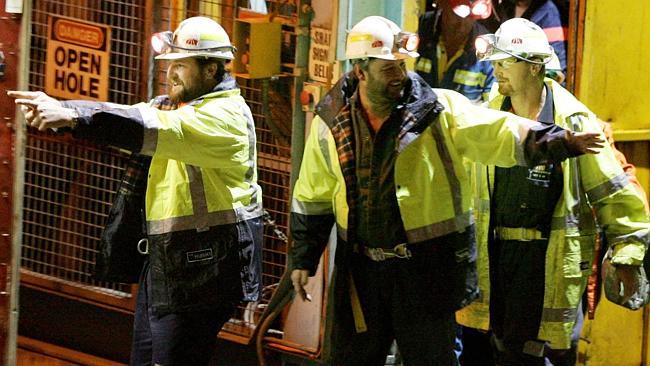
Tasmania
Don't miss out on the headlines from Tasmania. Followed categories will be added to My News.
HOME cooks, fruitgrowers and an office manager eight months’ pregnant.
Along with the drilling engineers, paramedics and rescue planners, they are the unsung heroes of the Beaconsfield mine disaster.
As the 10th anniversary of the death of Larry Knight and the rescues of Todd Russell and Brant Webb arrives, former manager Matthew Gill estimates 200 people were involved in the internationally celebrated operation.
A handful received bravery awards, but many more might have joined them, Mr Gill tells the Sunday Tasmanian.
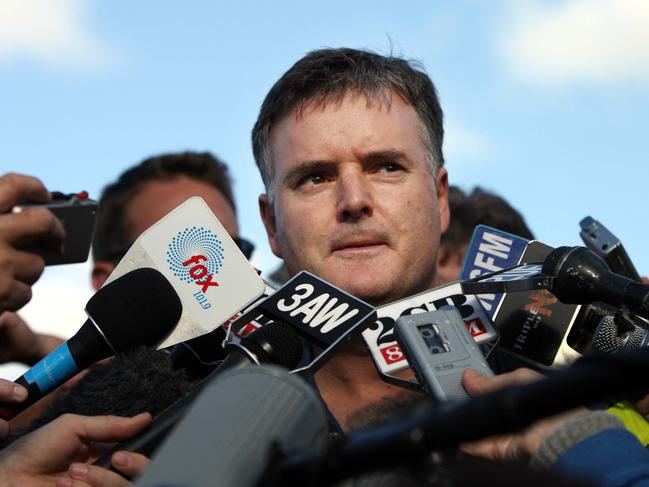
“There were a lot of people that deserved recognition if you’re going to do that,” he says.
“It would be tough to pick out any one individual or group. Just don’t forget that we lost an employee, but also the 200 people that helped get the two guys out.”
Russell and Webb’s ordeal has become folklore. The pair signed media contracts and rose to celebrity status before they were immortalised in the 2012 telemovie Beaconsfield.
Respected journalist Richard Carleton is also remembered after he died of a heart attack at the scene.
However, after the rockfall on Anzac Day 2006, an entire community mobilised.
As the rescue operation dragged on for two weeks, they didn’t let up.
Home cooks co-ordinated by a church group delivered meals to the rescuers, fruitgrowers arrived from around the state with truckloads of their produce, and an administration manager at the mine co-ordinated accommodation around the clock just weeks away from giving birth.
Pastor Frances Seen, who slept on an armchair at the Uniting Church, remembers shops staying open in case their goods were needed, and cafe owners serving free brews.
“The heroes were the average blokes, down-to-earth people who never looked for any kudos from it or anything like that,” Ms Seen says.
“They were the backbone of things. You tend to forget about them over time, but they were there.”
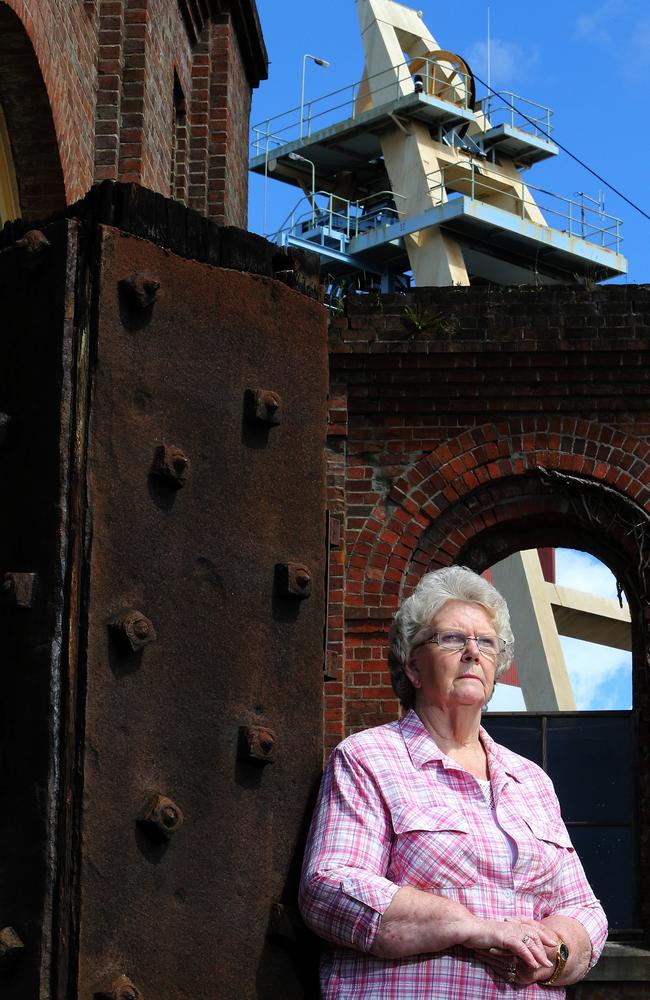
Despite a history of industrial conflict at the mine, managers, employees, unions, rescuers and emergency services worked together with a single aim.
Names have emerged from time to time as their efforts were recognised: underground manager Pat Ball, rescuer Paul Featherstone, OH&S officer Rex Johnson among them.
In 2011, six rescuers received a group bravery citation from the Governor-General, and more were recognised in 2014.
Rescue co-ordinator Mr Ball slept for just 22 hours in two weeks, his 18-month-old son failing to recognise him on a rare visit home.
He suffered the nightmares and flashbacks of post-traumatic stress disorder for six years after the event.
“I managed to turn off all my emotions for two weeks,” Mr Ball says
“The psychologists will tell you that’s impossible, but f--- that, I did it.
“The mood was ‘Oh shit, the world’s media is now watching us, what happens if we kill them?’”
Paramedic Peter James, who also attended the Port Arthur massacre, was among them, one of eight paramedics working shifts of up to 16 hours one kilometre underground.
“If something drastic happened they didn’t [want to] have too many people falling over,” Mr James says.
“There was the normal emergency work going on.
“It became fatiguing because there was no endgame.”
Federal Opposition Leader Bill Shorten, then head of the Australian Workers Union, shot to prominence in front of the world’s media at Beaconsfield. It was Mr Shorten who updated the massive pack as part of a truce that allowed mine management to focus on the rescue.
The Labor leader says he was merely continuing his work as a union rep, most of which was done fighting for employees’ entitlements when the mine closed down.
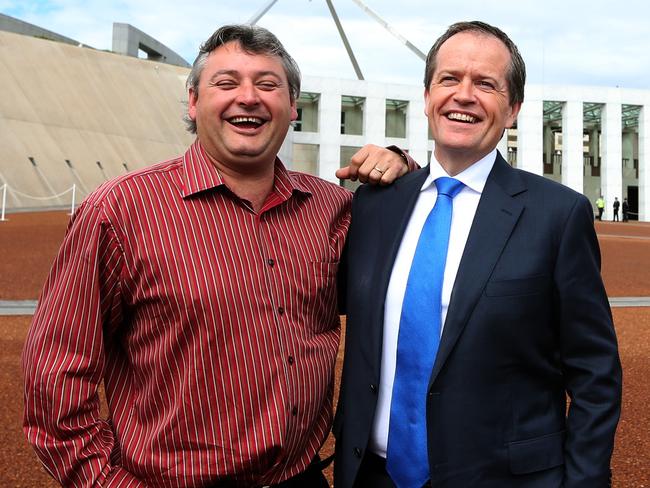
“It was a rollercoaster,” Mr Shorten recalls.
“My overriding memory was sitting in the lounge room each night talking to the families.
“It was talking to the blokes who’d come off shift after doing six hours in a 90cm diameter tunnel; one doing the drilling, one holding the drill, and one clearing the slurry and the dirt and the debris.
“The common element between the families and the miners was they never gave up. Just a big lesson, never ever give up.”
MORE: BEACONSFIELD BACK FROM THE BRINK
Beaconsfield’s bittersweet memories will be stoked again when a commemoration is held on May 9, the day Mr Russell and Mr Webb walked free, and Mr Knight was laid to rest.
But a town of unsung heroes moves on quickly, Ms Seen says.
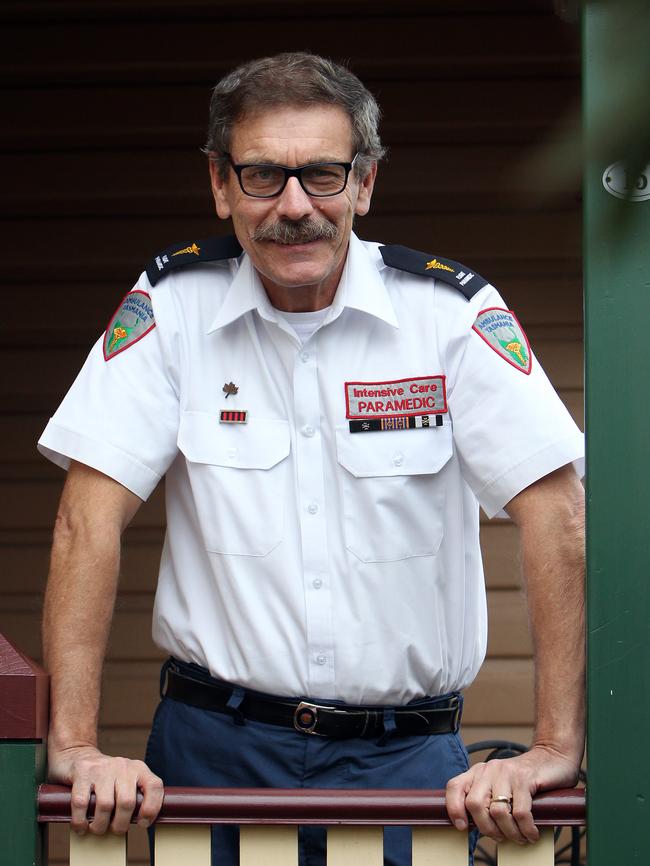
“People just dusted themselves off and said ‘we’ve got to move on, life goes on, and our little community now has to stand on its own two feet and support one another,’” she says.
Mr Gill, now based in Victoria, found a move into consulting on crisis management helped him personally.
“It was a cathartic experience to talk about it,” he says.
“People will react differently. Some are happy to talk, others want to move on, some don’t want to talk. It was quite traumatic for a lot of people.”
Many of the others involved in the tense operation continued their careers in mining, some interstate.
Some couldn’t face going back underground.
Most have continually declined to be interviewed.
One former staffer told the Sunday Tasmanian self-interest had motivated some who had spoken to media.
Mr Ball says he wanted to ensure some recognition for those who got little.
“Some people did more than others, everyone did their best,” he says.
“Two hundred and eighty people did amazingly, staggeringly, hugely brave things.
“A few of them have been recognised, but generally the 280 people have not received one iota of recognition.”


